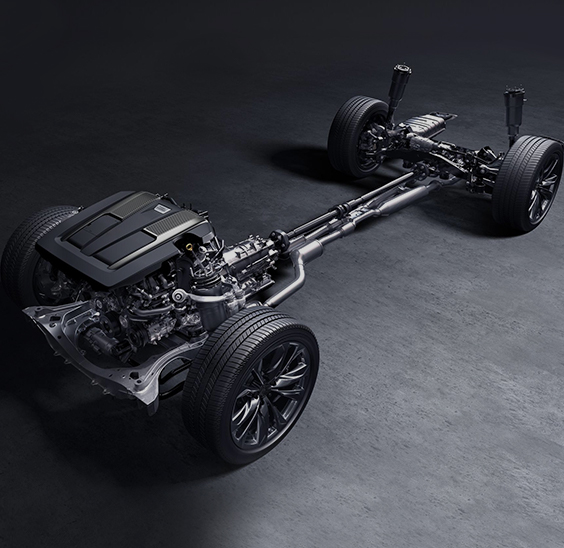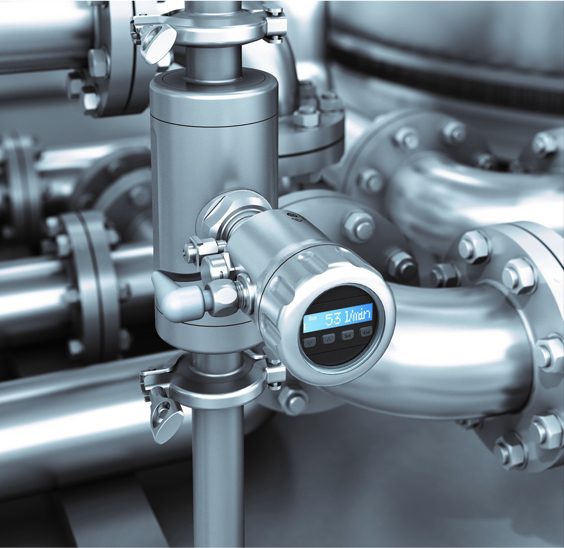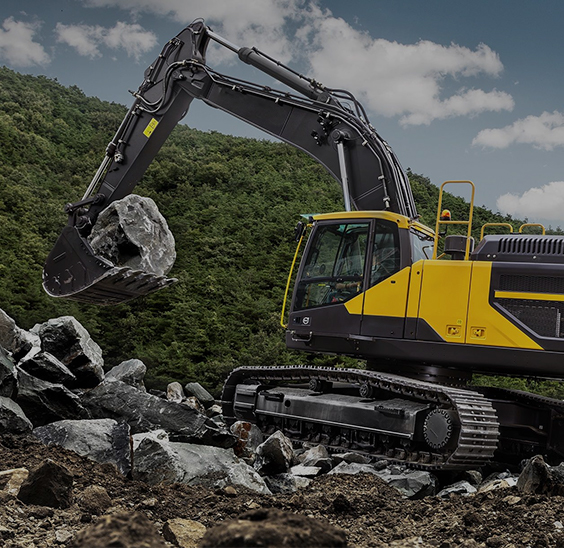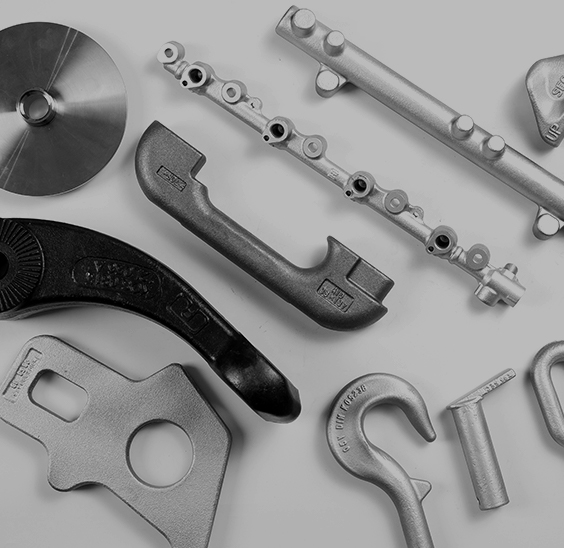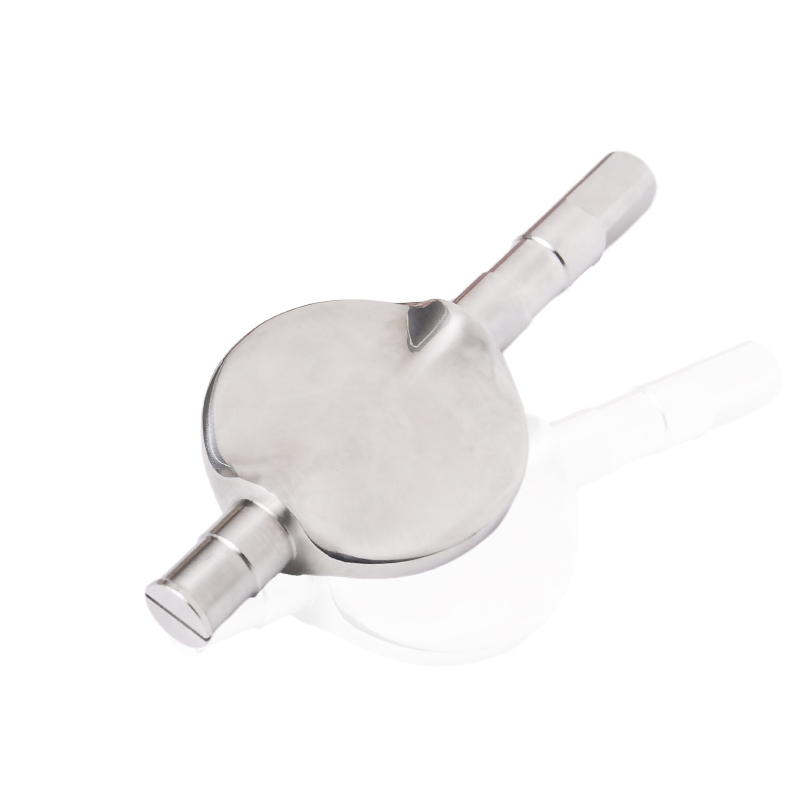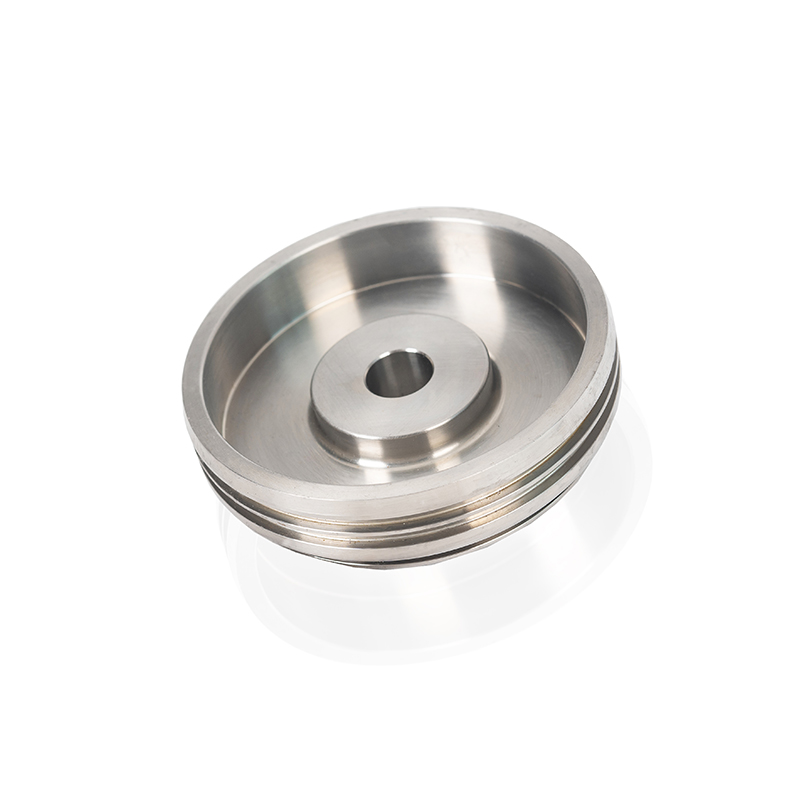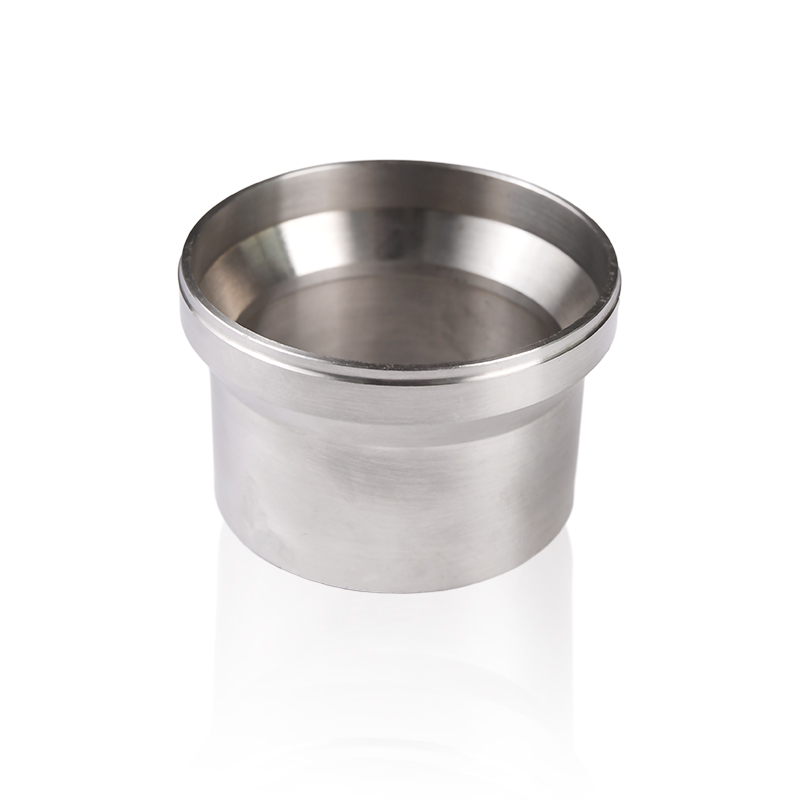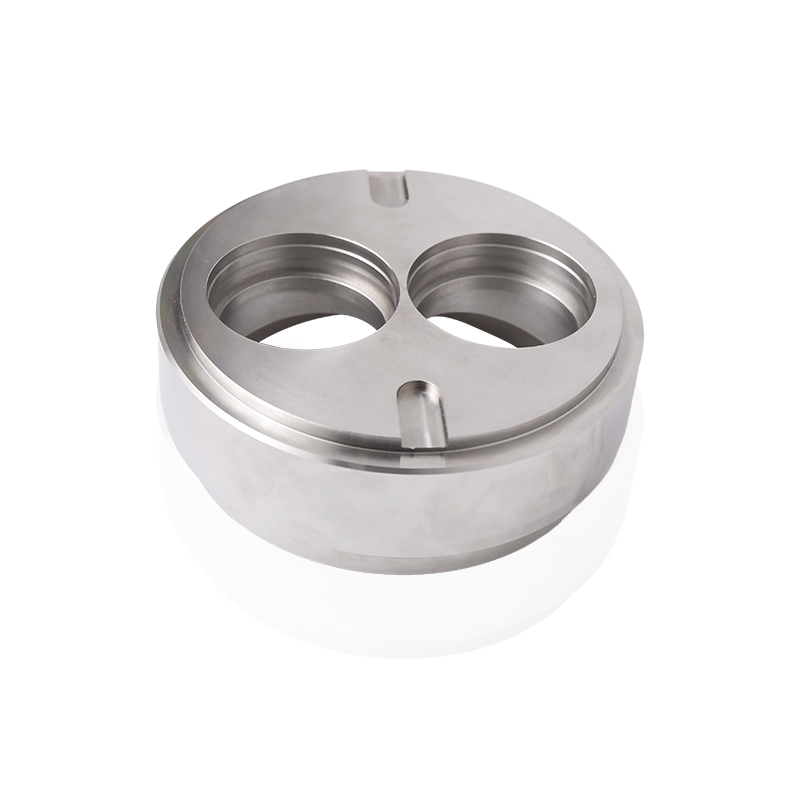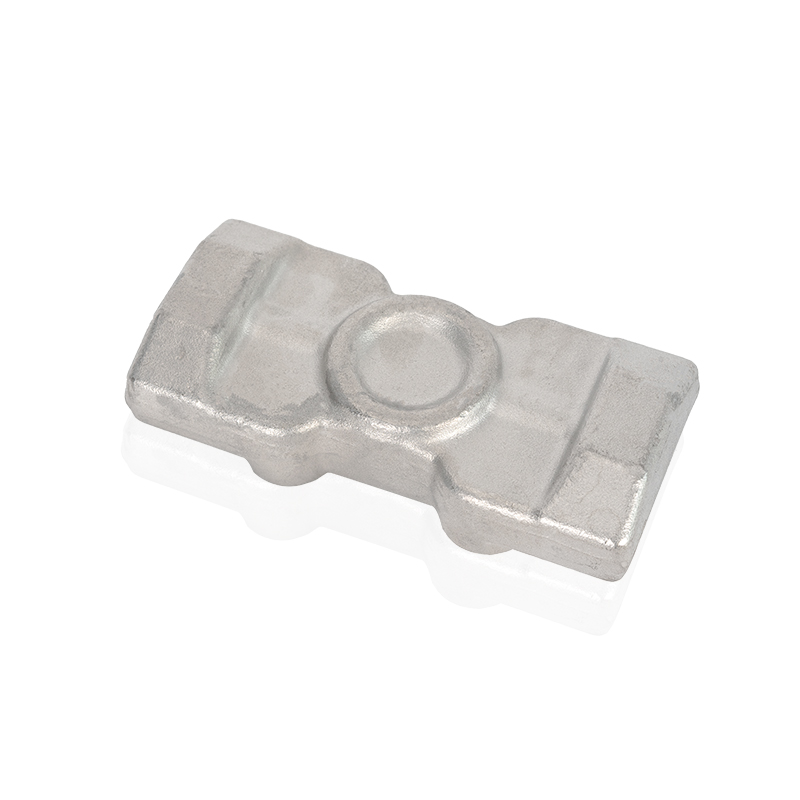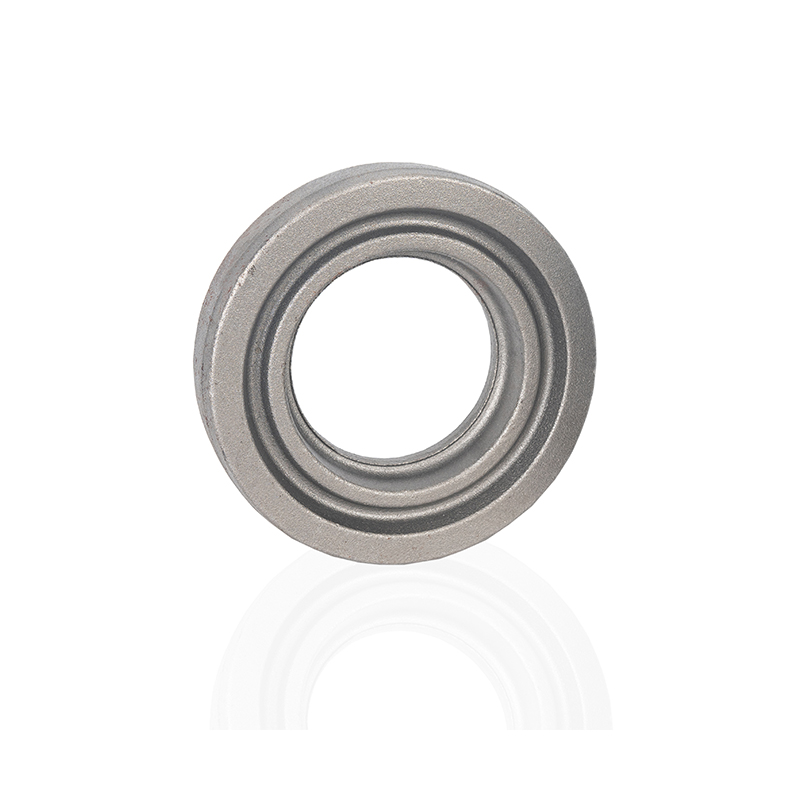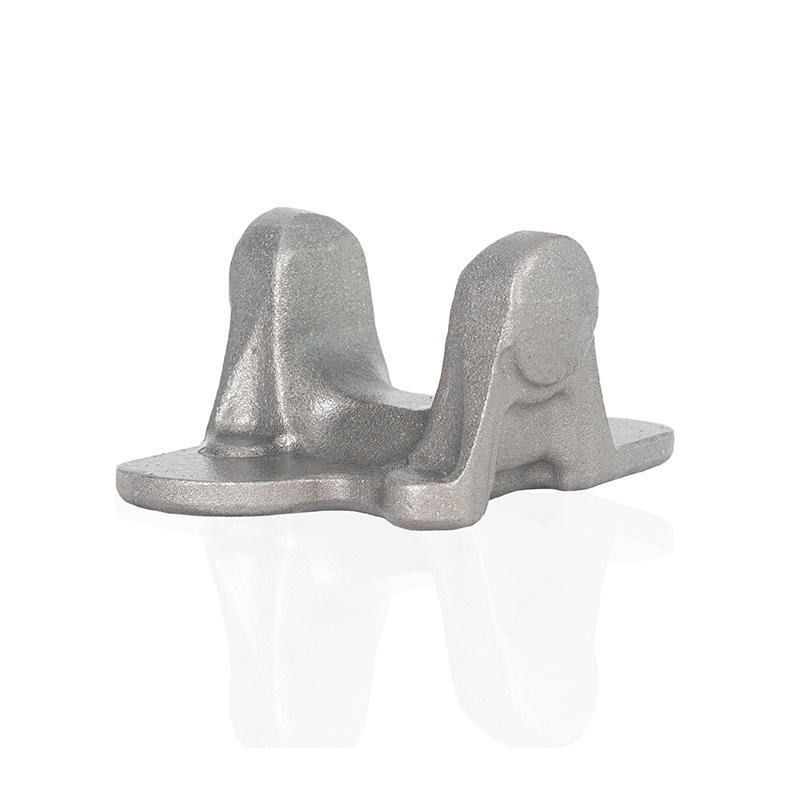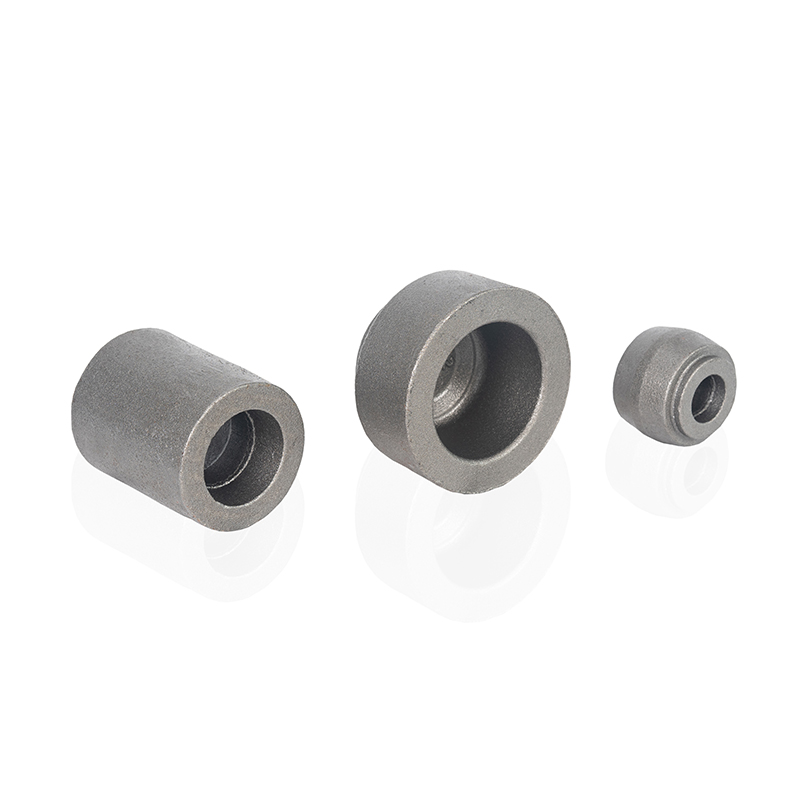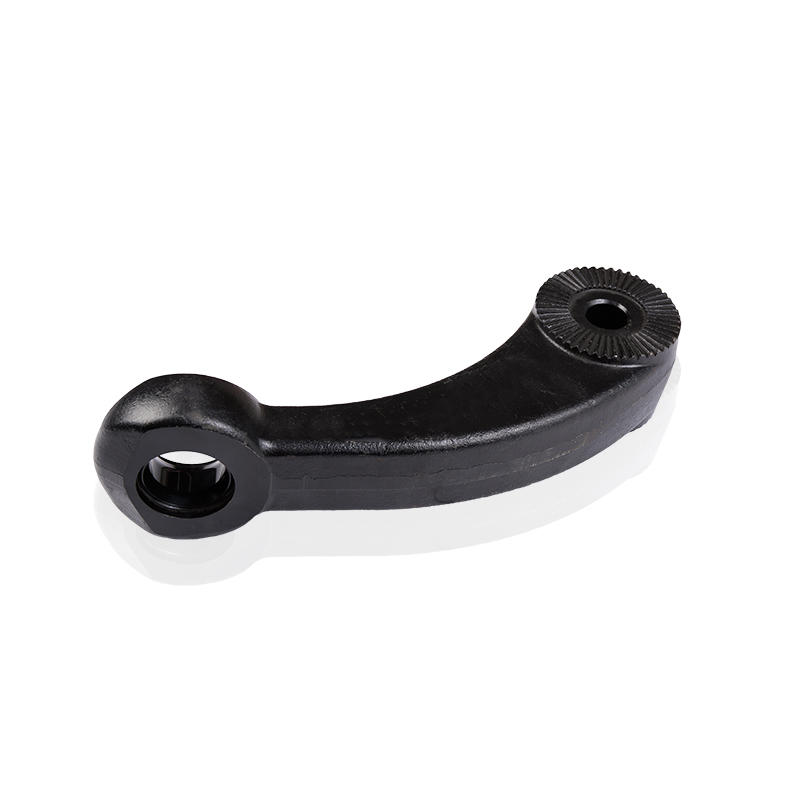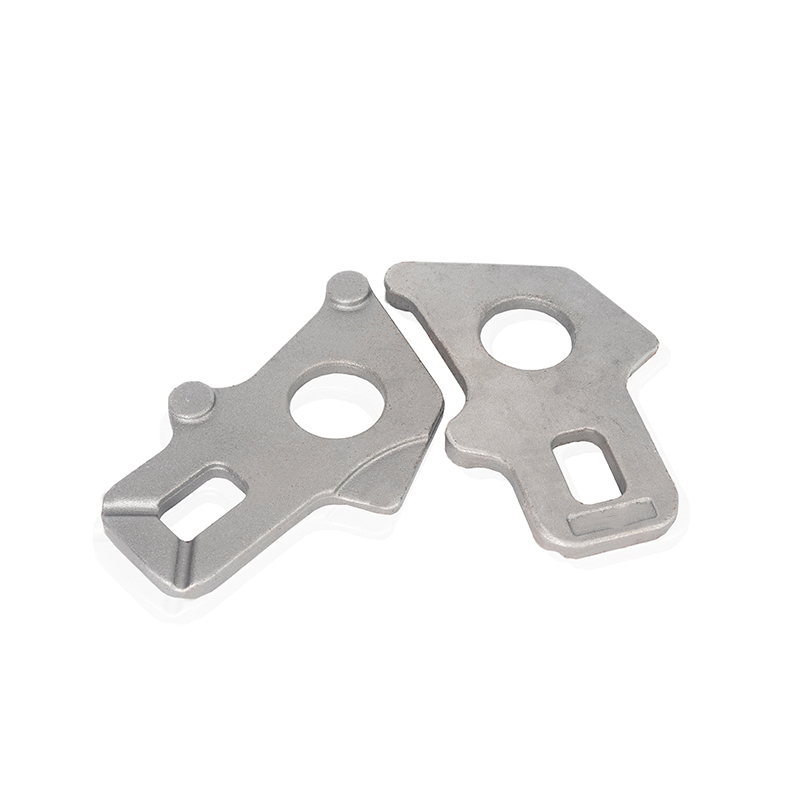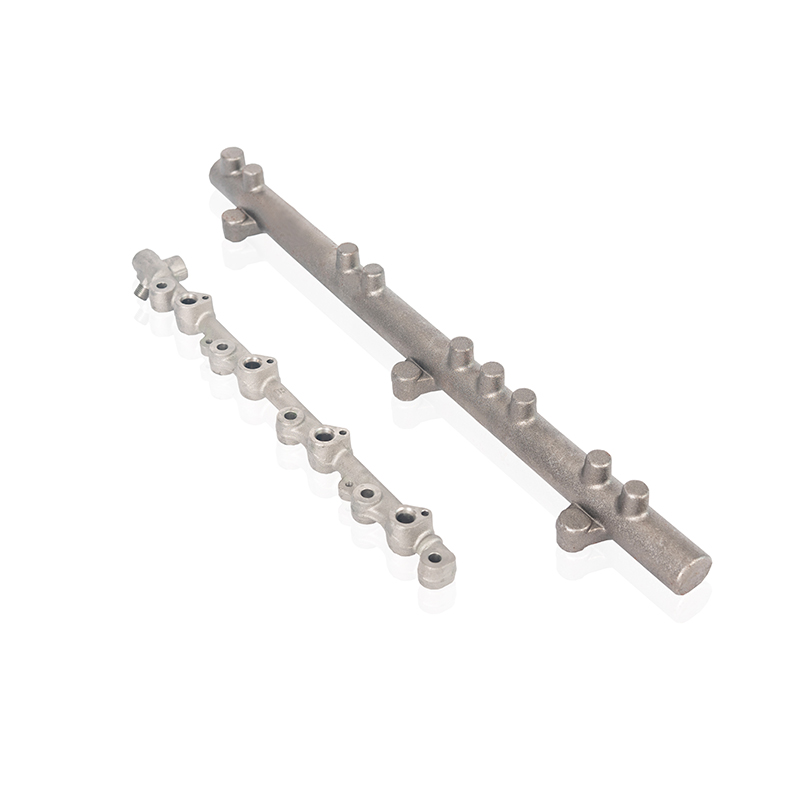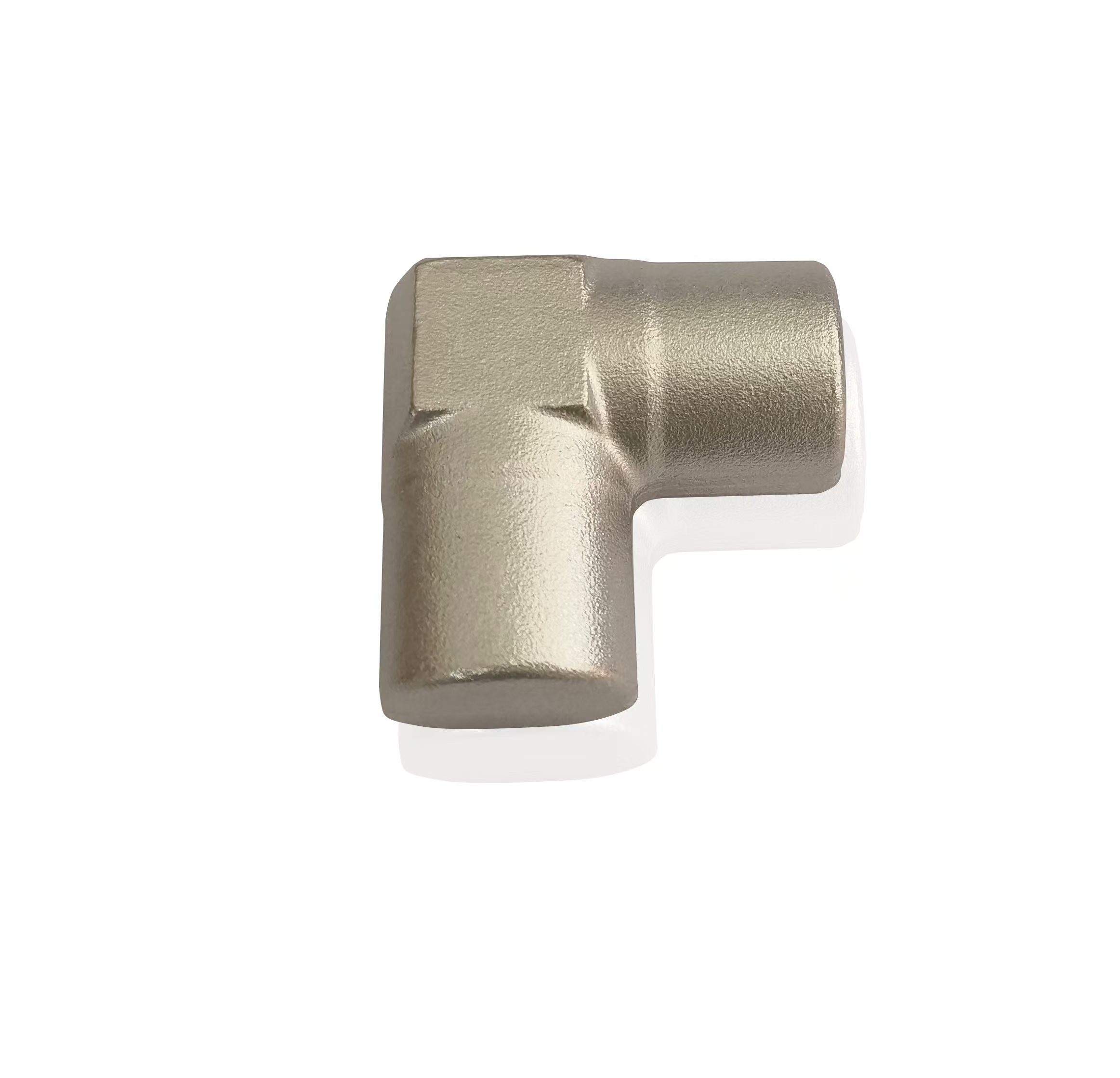Choosing the Right Valve Material for Fluid Pump Systems Handling Harsh or Corrosive Fluids
 2025.07.24
2025.07.24
 Industry news
Industry news
Selecting the right material for a fluid pump valve is a decision that carries long-term consequences for system stability, performance, and safety. It’s not just about withstanding pressure—it’s about how the valve interacts with the exact chemical makeup of the fluid being pumped. Even small mismatches in compatibility can lead to rapid wear, system contamination, or unplanned shutdowns. This is especially critical in applications handling aggressive media such as acids, alkalis, solvents, or abrasive slurries, where generic valve choices simply don’t hold up.
Material selection starts with understanding the fluid's physical and chemical properties, including pH level, viscosity, temperature range, and whether it contains particulates. A fluid pump valve that performs flawlessly in a clean water application might corrode, swell, or seize up when exposed to highly acidic or solvent-based fluids. Stainless steel is a common default for many pump valves, but it’s not a one-size-fits-all solution. Different alloys, such as 316L or duplex stainless, offer varying resistance to corrosion, chloride stress cracking, and high-pressure environments.
For highly reactive or ultra-pure chemical processes, non-metallic options such as PTFE-lined valves, PVDF, or polypropylene become essential. These materials are chemically inert and resist leaching, making them suitable for semiconductor, pharmaceutical, and wastewater systems. PTFE in particular is often used where no metallic ion contamination can be tolerated, and it handles a wide range of aggressive fluids without degrading. However, such materials may have lower pressure or temperature limits, which must be considered in the pump system design.
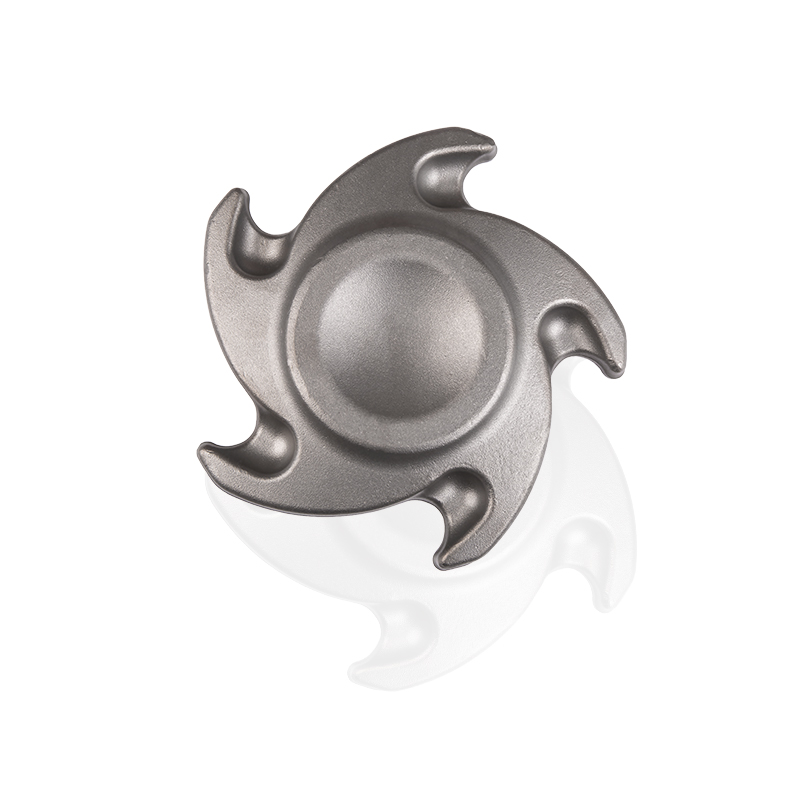
Thermal performance is another critical factor. A fluid pump valve exposed to elevated or fluctuating temperatures needs to resist not only thermal degradation but also expansion and contraction that can affect sealing integrity. Materials like Hastelloy or titanium are selected in extreme conditions not for marketing appeal but because they extend equipment life in environments where failure is simply not an option. High-temperature elastomers such as Viton or EPDM are also matched to media that would otherwise cause rapid hardening or cracking in standard rubber seals.
In abrasive or slurry-laden media, erosion is often more destructive than corrosion. In such cases, valves built with hardened trim, ceramic seats, or wear-resistant coatings like Stellite provide extended service life. A misjudged material here can result in internal scoring, valve sticking, or even total failure—issues that are entirely preventable with correct selection. It’s common to see pump systems overhauled not due to pump wear, but due to valve degradation from inappropriate materials.
One of the most overlooked aspects in fluid valve selection is compatibility with cleaning agents or sterilization processes. CIP (clean-in-place) systems, steam sterilization, and chemical flushes can place significant additional stress on valve internals. Even if the pumped fluid itself is benign, exposure to alkaline or oxidative cleaning agents might deteriorate valve materials over time unless they are specifically designed for such conditions.
Customers often ask why a particular valve costs more than another that “looks the same.” The answer is almost always hidden in the material composition and manufacturing controls. A lower-cost valve may appear sufficient at first glance but lacks the certification or traceability to guarantee performance under demanding conditions. As a manufacturer, we frequently support clients with detailed material datasheets and fluid compatibility guidance, helping them avoid these costly assumptions.
Another layer to consider is regulatory compliance. In many sectors, valves must meet strict requirements such as FDA, NSF, or ATEX standards. The material must not only perform but also be approved for use in specific applications. This is especially relevant for pumps used in food processing, medical environments, or hazardous zones, where the cost of non-compliance can far outweigh the price of the right component.
The bottom line is that a fluid pump valve is only as good as its ability to handle the fluid it's meant to control. System performance depends not just on flow or pressure ratings but on ensuring chemical and mechanical compatibility between the valve and the pumped media. Getting this right from the start means fewer maintenance calls, less unplanned downtime, and more predictable performance across the entire system.
By carefully matching valve materials to your application, you're not just protecting equipment—you're safeguarding your operation's reliability and reputation. As a supplier with hands-on experience across a range of fluid handling scenarios, we’re here to support your team with solutions that go beyond catalog specs and focus on long-term success.


